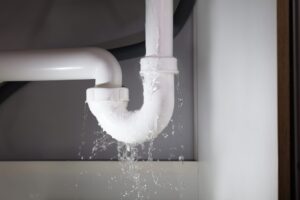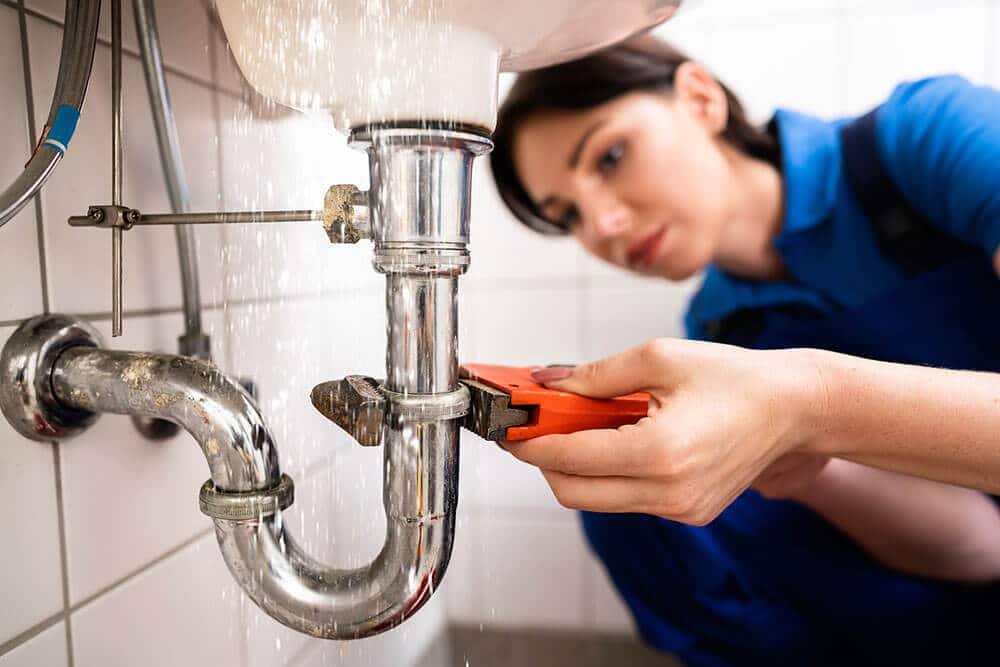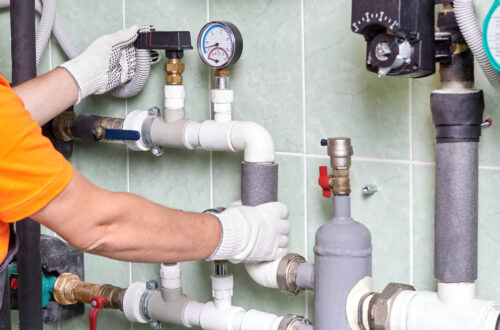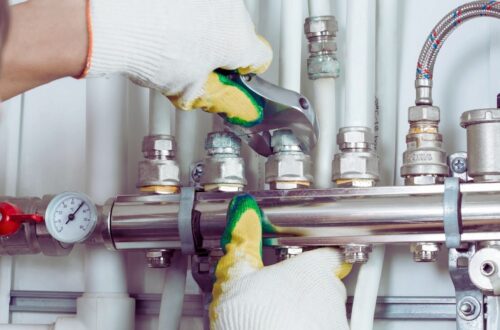Water leaks can be a homeowner’s worst nightmare. Not only do they lead to higher water bills, but they also have the potential to cause serious structural damage, mold growth, and other costly repairs if left untreated. Unfortunately, not all water leaks are visible or easily detected. Often, leaks lurk behind walls, under floors, or within the plumbing system itself, making them difficult to find.
In this article, we’ll guide you through various methods to help detect hidden water leaks in your home. By staying vigilant, you can prevent unnecessary damage and costly repairs while keeping your home safe and dry.
-
Monitor Your Water Meter
One of the most effective ways to detect hidden water leaks is by monitoring your water meter. This method works best when you don’t have any water running in your home, as it ensures that no water is being used.
Here’s how to do it:
Locate your water meter, which is typically found in your basement, crawl space, or outside near the property line.
Make a note of the current reading on the meter.
Turn off all water sources in your home, including faucets, appliances, and sprinklers.
Wait for about 30 minutes to 1 hour, then check the meter again.
If the meter reading has changed, you likely have a leak somewhere in your plumbing system.
This method helps you determine whether a leak exists, but it doesn’t pinpoint its exact location. Once you know a leak is present, it’s time to narrow down the possibilities.
-
Check for Wet or Damp Spots
If you suspect a hidden leak but don’t know where it’s located, start by looking for visible signs of water damage. Wet spots, damp patches, or discolored areas on walls, ceilings, or floors could indicate water intrusion from a hidden leak behind the surface.
Common places to inspect include:
Floors and carpets: Wet or musty flooring, especially near sinks, toilets, or water pipes, can point to a leak.
Ceilings: If you notice water stains or bulging ceilings, it might be a sign of a leak in the upper floor plumbing.
Walls: Look for warping or discoloration, especially around plumbing fixtures.
If you find a damp area, try to trace the source of the leak. For example, a water-stained ceiling may indicate a roof leak or a leaking pipe in the ceiling.
-
Listen for Running Water
 Sometimes, you can hear a water leak if it’s large enough or if it’s causing a noticeable sound. Turn off all appliances and listen carefully. In a quiet home, you might hear water running or dripping, especially in the walls or under the floor.
Sometimes, you can hear a water leak if it’s large enough or if it’s causing a noticeable sound. Turn off all appliances and listen carefully. In a quiet home, you might hear water running or dripping, especially in the walls or under the floor.
If you hear the sound of running water but can’t pinpoint where it’s coming from, it’s likely that the leak is hidden. You may need to hire a professional plumber to conduct further tests using specialized equipment.
-
Examine Your Water Bill
An unexpected increase in your water bill is one of the clearest signs that you may have a hidden leak. If your water usage hasn’t changed but your bill keeps rising, it’s time to investigate further.
Compare your current water bill with previous months to spot any significant increases. If you can’t identify any change in your water consumption habits, the next step is to start checking for leaks in your plumbing system.
-
Check Your Toilet
Toilets are one of the most common places for hidden leaks in a home. A leaking toilet can waste hundreds of gallons of water per day without being noticeable.
To check if your toilet is leaking:
Add a few drops of food coloring or a dye tablet to the toilet tank.
Wait for 15-20 minutes without flushing.
If the water in the toilet bowl changes color, you have a leak.
A common cause of toilet leaks is a faulty flapper valve, which doesn’t seal properly and allows water to leak into the bowl continuously.
-
Use Leak Detection Equipment
If you’re having trouble locating a hidden leak, there are various tools and technologies available to help you out. Here are a few examples:
Acoustic sensors: These devices can listen for the sound of water flowing through pipes, helping to identify leaks behind walls or underground.
Thermal imaging cameras: A thermal camera can detect temperature changes on surfaces like walls or floors, helping you identify areas where water is leaking and causing temperature differences.
Moisture meters: These handheld devices can be used to measure moisture levels in walls, floors, or ceilings, helping pinpoint hidden leaks.
Plumbers often use these tools when performing leak detection, and they can save you a lot of time and effort if you’re struggling to find the leak yourself.
-
Inspect Your Plumbing System
Sometimes, leaks occur in your home’s plumbing system, such as the pipes that bring water to your home or drain it away. A professional plumber can perform a detailed inspection of your plumbing to check for cracks, rust, or loose connections that may be causing hidden leaks.

A plumbing inspection may involve:
Video pipe inspections: Using a camera to inspect the inside of your pipes.
Pressure testing: Monitoring the water pressure in your plumbing system to identify drops that could indicate leaks.
Hidden water leaks can be a serious concern for homeowners, but with the right knowledge and tools, you can detect them early and avoid expensive repairs. Start by monitoring your water meter and checking for damp spots, and don’t hesitate to consult a professional plumber if needed. By staying vigilant and proactive, you’ll be able to safeguard your home from the potential damage caused by undetected water leaks.





